A COMMUNITY RASPBERRY SHAKE NETWORK AROUND SANTA ANA VOLCANO IN EL SALVADOR
By Thomas Goebel.
The Center of Earthquake Research and Information at the University of Memphis and the University of El Salvador (Multidisciplinary Faculty of the West) established a new seismic network to monitor Santa Ana volcanic complex, using a combination of Raspberry Shake, Guralp and Nanometrics seismographs. The project involves several community partners and already recorded a productive earthquake swarm between 12/2023 and 02/2024.
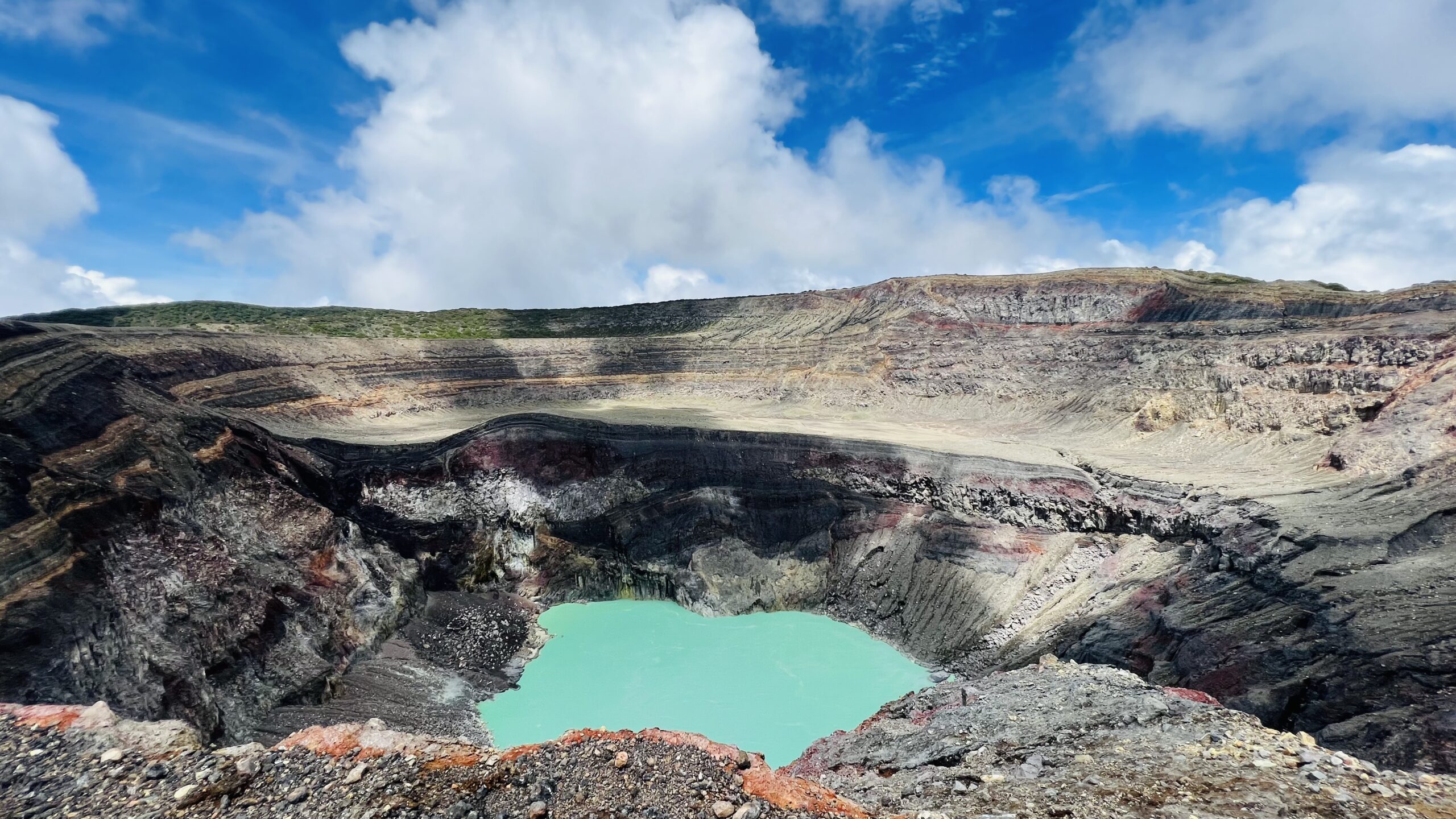
Introduction
The idea for a community seismic network was conceived during a hike to the top of Santa Ana volcano in summer 2022. The project leads, Profs. Miranda and Goebel, from the University of El Salvador and Memphis were enjoying the picturesque views of the crater lake while thinking about how to probe its enigmatic structure beneath. A seismic network would provide important information about active earthquake zones and the geologic structure around the volcano. The seismic network would also support student research projects and provide early alerts before volcanic eruptions. The researchers were not only interested in the science but also wanted to conduct education and outreach activities to the surrounding communities. The idea of a community seismic network sounded great but neither institution had sufficient financial support for an expensive seismic network. In spite of these challenges, the researchers decided to try and the first step led back to the earthquake center in Memphis.
Seismic Monitoring Workshop at the University of Memphis, Summer 2023
In summer 2023, four students and two professors visited the University of Memphis to receive in-depth training in seismograph deployment and seismic data analysis. The workshop encompassed many aspects of seismic monitoring, including seismograph operations, data recovery, data processing and earthquake catalog analysis. Some of the students from El Salvador were even brave enough to climb into the seismic vault (see photo below) that the earthquake center operates on its campus to test different instruments.
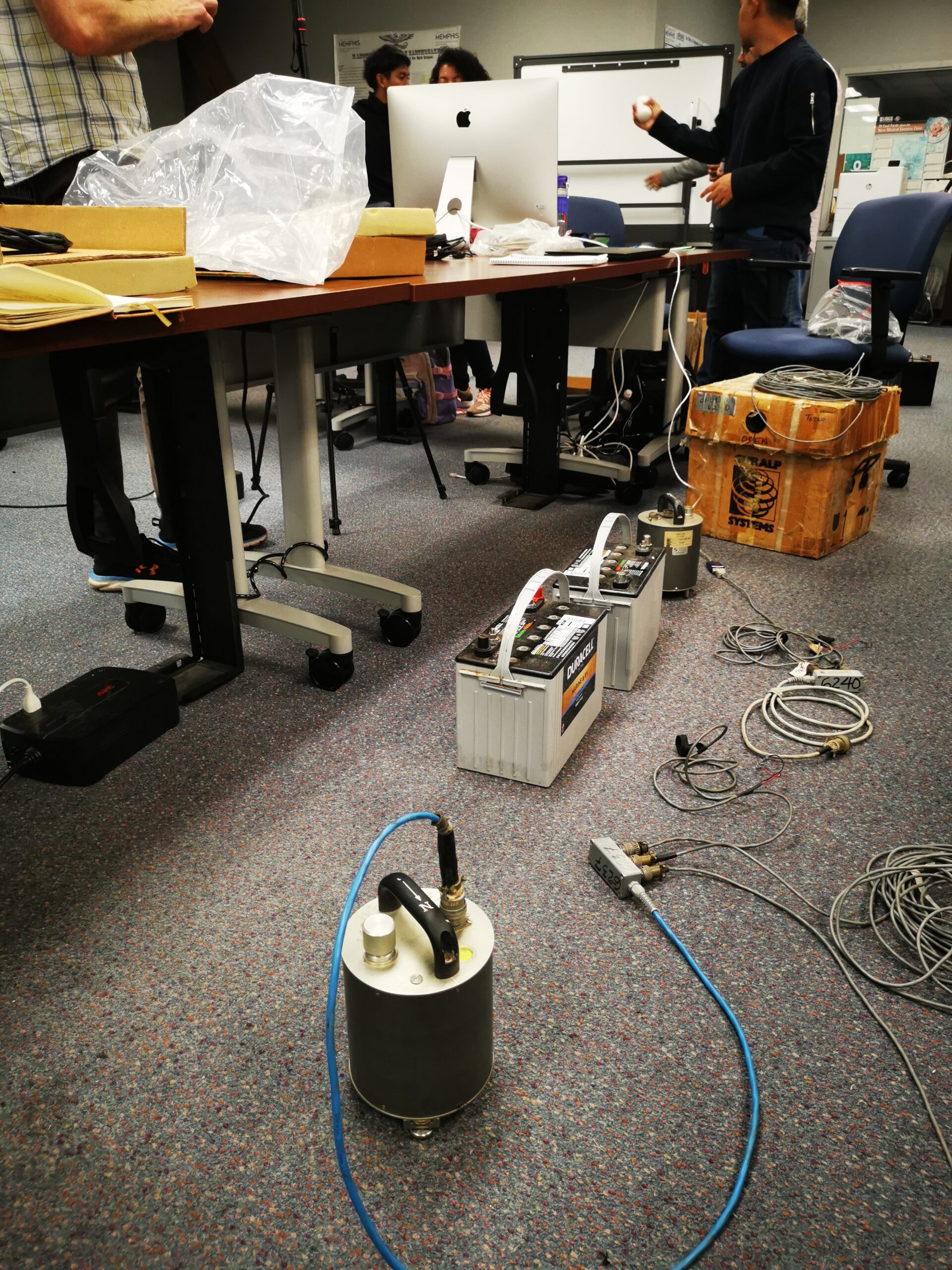
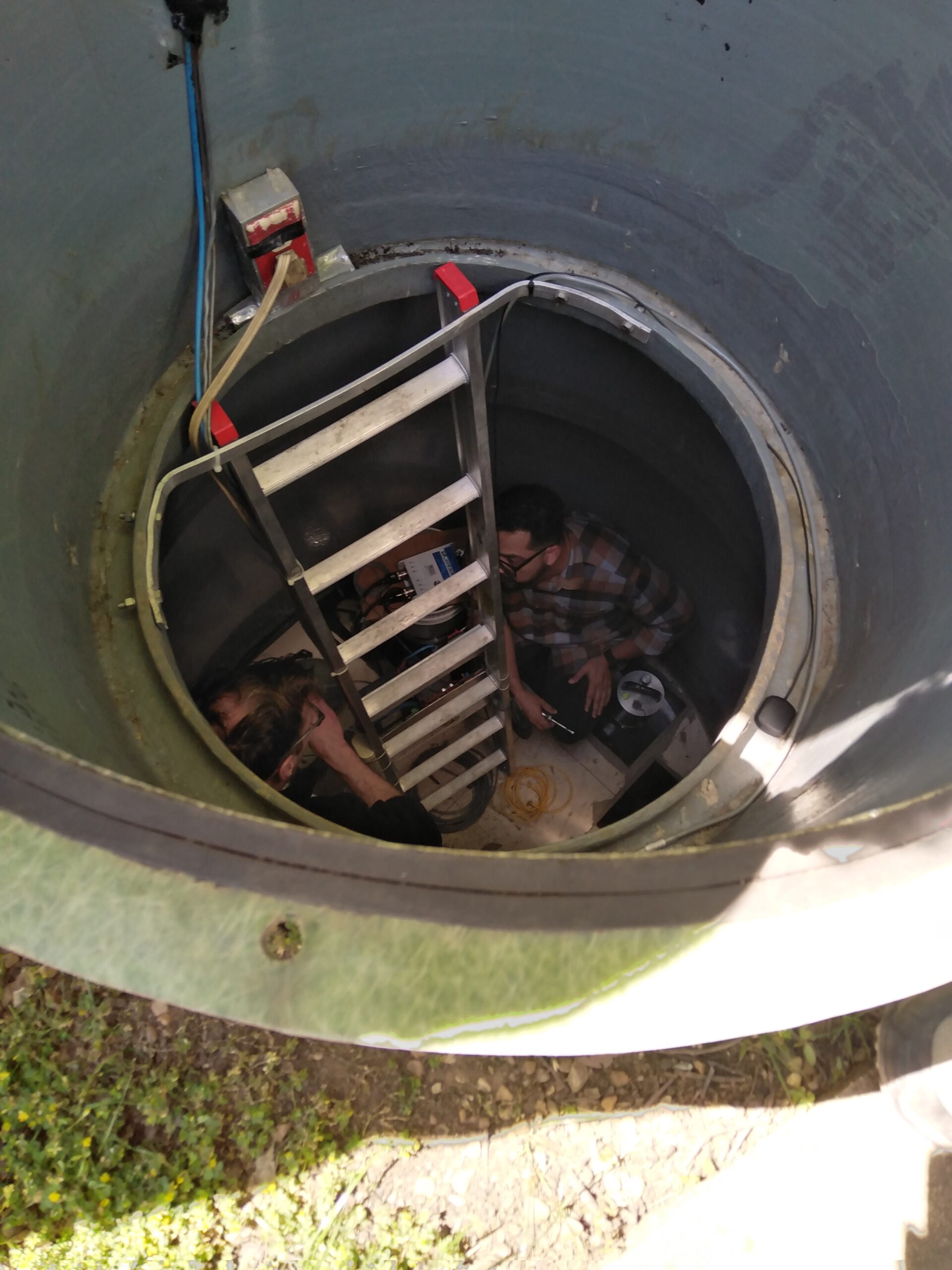
In addition, the workshop included a field trip to the New Madrid seismic zone located about 150 km north of Memphis. Equipped with surplus instruments that were donated by CERI and new technical understanding the group returned to El Salvador. The instruments supported student-led seismic hazard projects in the capital, San Salvador. Nevertheless, the older instruments were not ideal for real-time seismology and could not easily be integrated into the planned volcano seismic network. New plans were conceived, and the team started testing the performance of Raspberry Shake seismographs. The Shakes turned out to be just the perfect solution that allowed for easy and affordable deployments, and they supported community outreach activities.
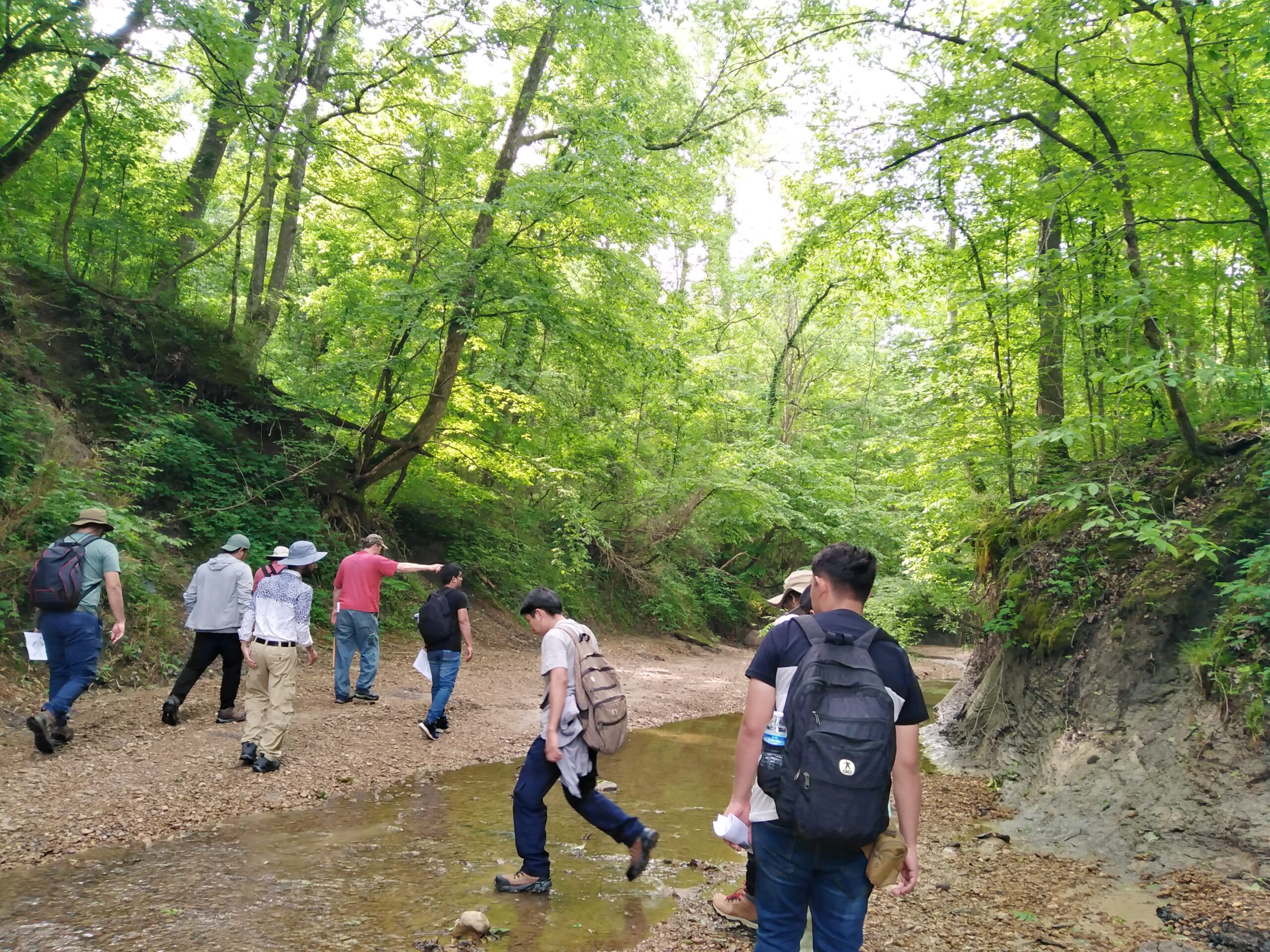
Seismic instrument deployment in El Salvador
Just a few months later, in fall 2023, Goebel and, Navin Thapa, one of his students from Memphis, traveled to Santa Ana to help build the seismic network. It consisted of seven three component Raspberry Shakes, three Raspberry Booms, one Guralp and one Nanometrics seismograph (the latter operated by the environmental ministry of El Salvador). The colleagues at the University of El Salvador (Multidisciplinary Faculty of the West) already identified several sites – primarily schools, educational centers and hotels – within 20 km distance from Santa Ana volcano. The Raspberry Shakes were successfully deployed over a period of several months. Five geophysics students from the University of El Salvador were trained in seismic data analysis and immediately assumed their role as responsible seismic data analysts.
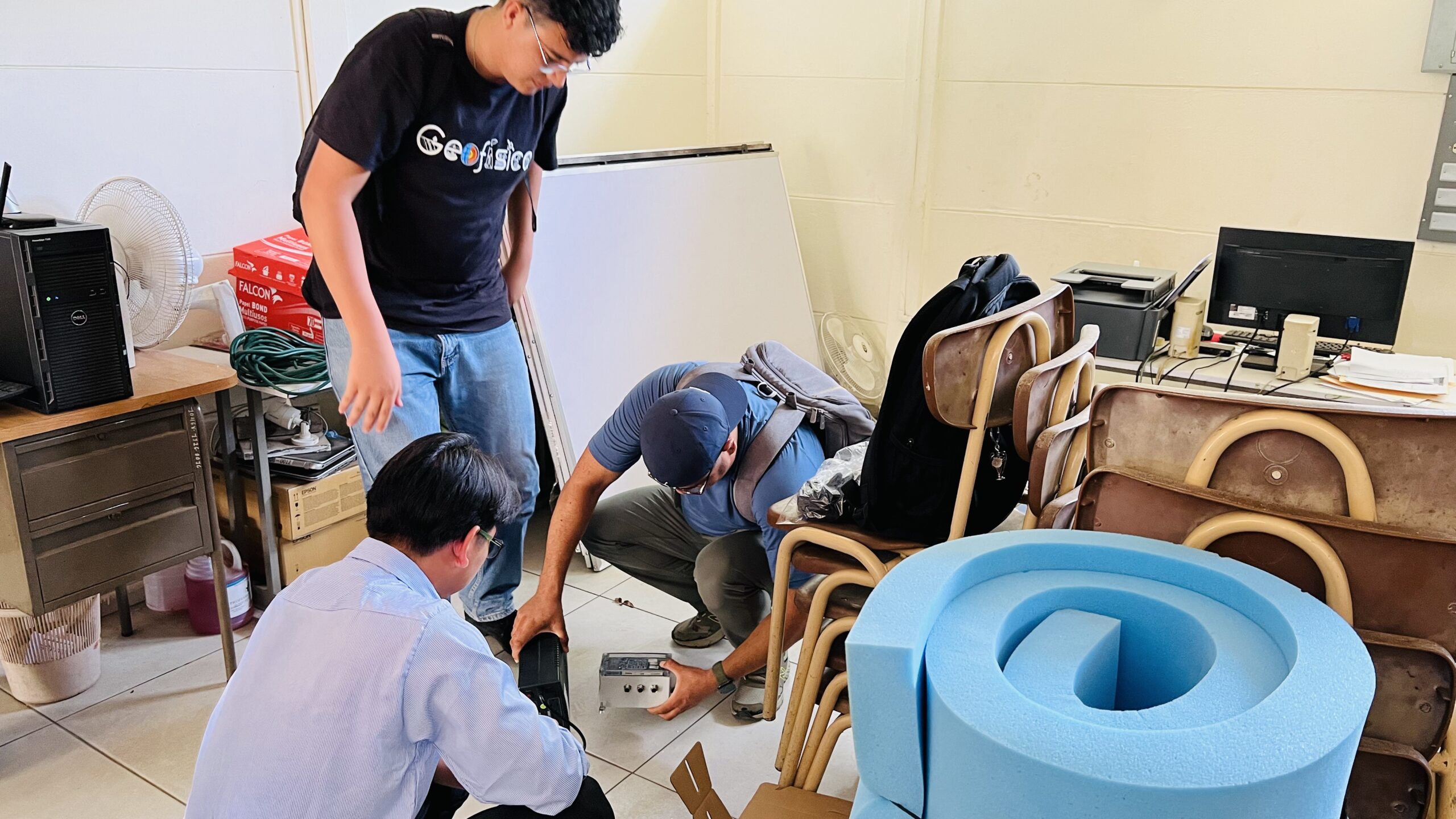
The deployed hardware is cost efficient and easy to maintain. The full package consists of the Raspberry Shake, an ethernet switch, thermal insulation, and back-up power. Data is transmitted in real time both to the RS data center and to a server at the National University of El Salvador. For added reliability, another data and processing server was later added at the University of Memphis. The instruments were strategical located at many beautiful sites such as lake Coatepeque and Campo Bello with direct views of the active Izalco and Santa Ana volcanoes. The deployment also required many hours of driving and problem solving – like most field work.
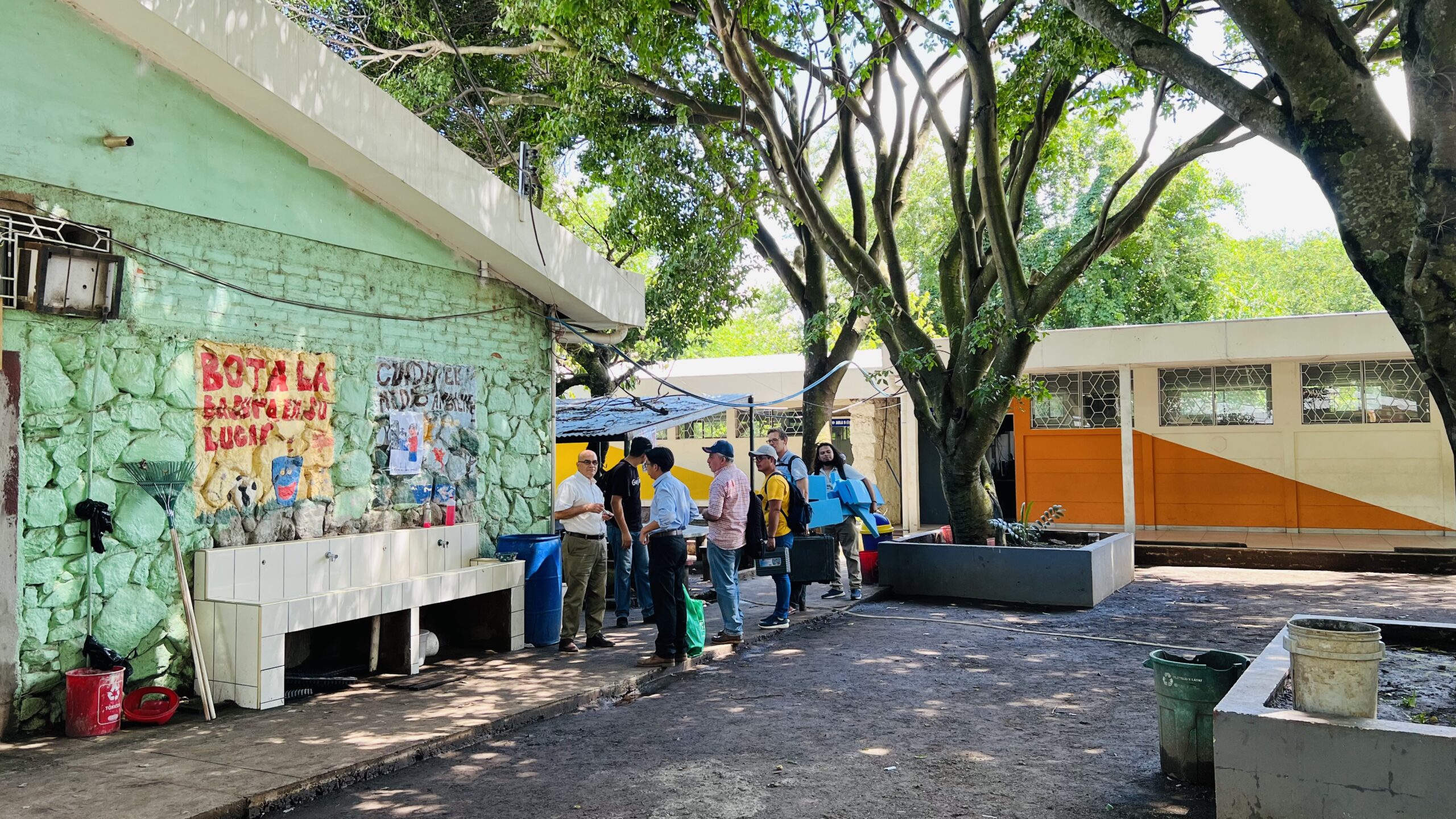
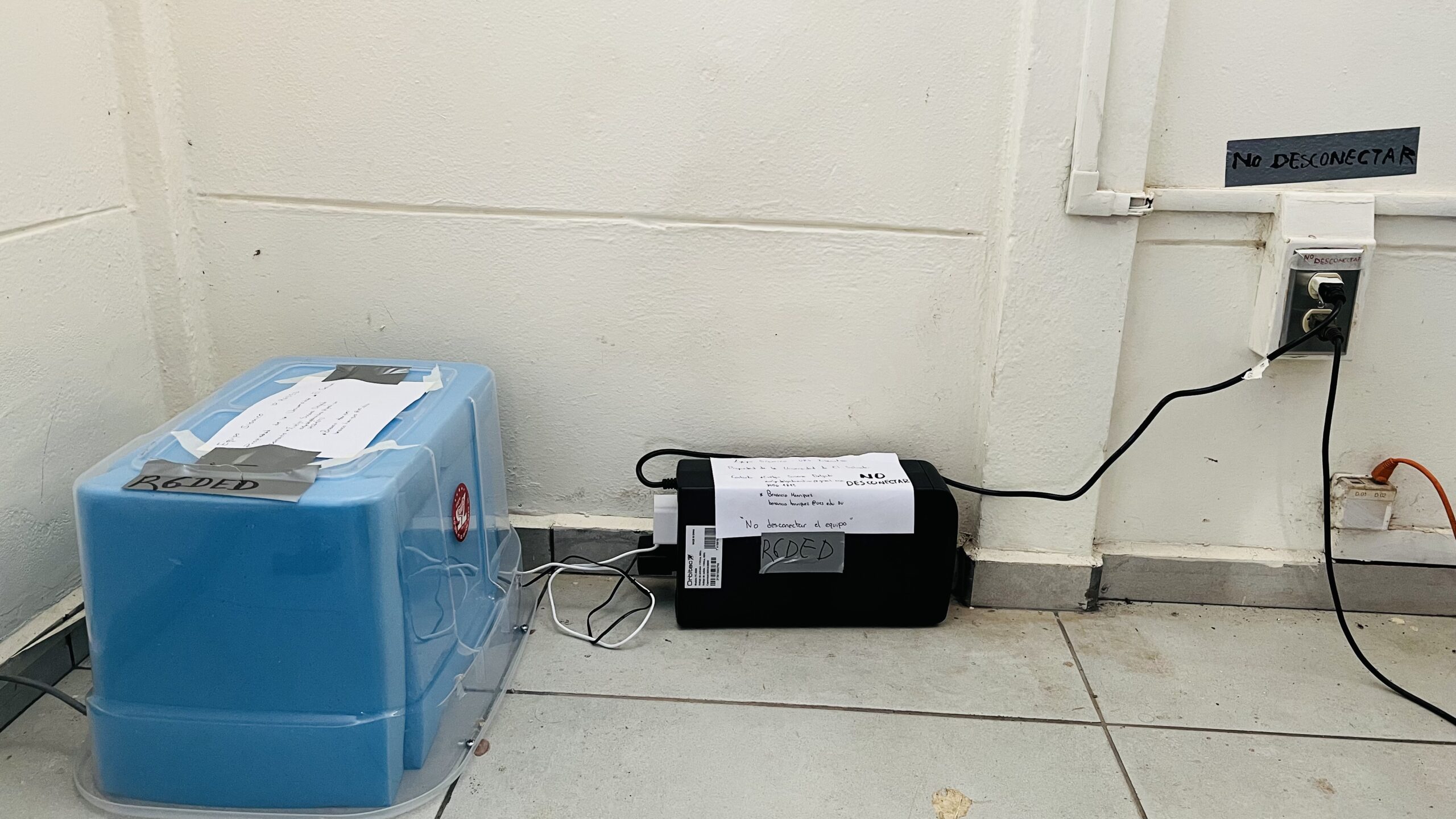
The network started detecting seismic events within hours of the first installed station in October 2023. Most of the activity originated from the offshore subduction zone where the Cocos plate dives beneath the Caribbean plate, leading to frequent moderate to large-magnitude earthquakes. Many of these events are felt across the coastal and capitol regions of El Salvador. The student team around Miranda and Goebel was organized around assigned days to process the constant stream of incoming data. The students from the University of El Salvador and Memphis received training in how to detect earthquakes, pick seismic phases, locate events and determine magnitudes. The students soon learned to distinguish distant subduction zone events from local volcano seismic activity based on frequency characteristics and differences in arrival times of S and P waves.
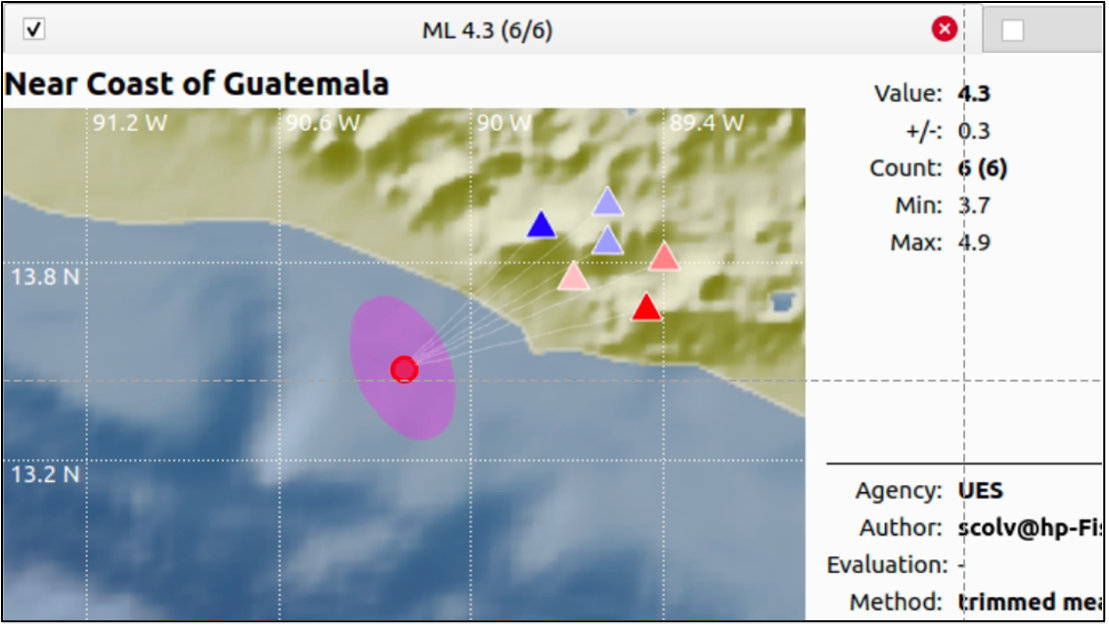
As soon as the Memphis-team had left El Salvador in December 2023, the seismic activity around Santa Ana volcano started to accelerate dramatically. The students and researchers continued processing the data over Christmas and into the new year. The team alerted the environmental ministry of El Salvador about the unfolding seismic crises. The ministry had already registered the larger magnitude events on their own stations. Together with the team in Santa Ana and Memphis, they were able to more precisely locate the hypocenters of small and moderate magnitude events. Earthquake rates and magnitude continued to increase until January 28th, culminating in two magnitude 4 earthquakes that were felt by many residents in the town of Juayua and beyond. After these events, the activity started to subside without causing a volcanic eruption!
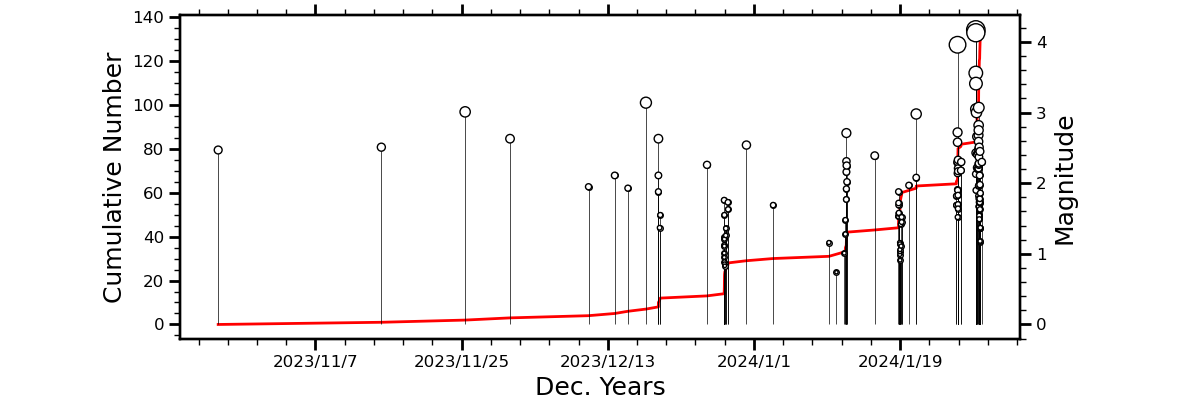
The community seismic network continues to provide real time data for scientists, decision makers and the general public. Training, education and outreach activities include student exchange programs and a teacher workshop. The workshop will further strengthen hazard awareness and help communities prepare for earthquakes and volcanic eruptions. The network supports research projects for the next generation of seismologists and volcanologists from the National University of El Salvador and will hopefully improve the scientific understanding of the driving mechanisms behind the volcanic activity around Santa Ana volcano!